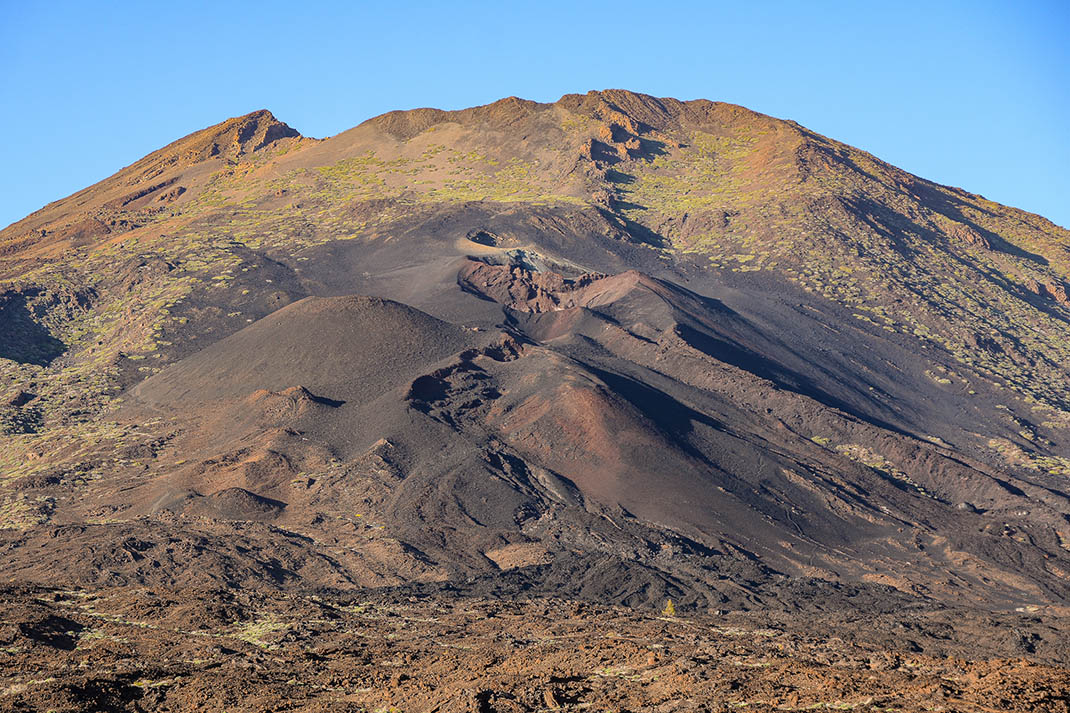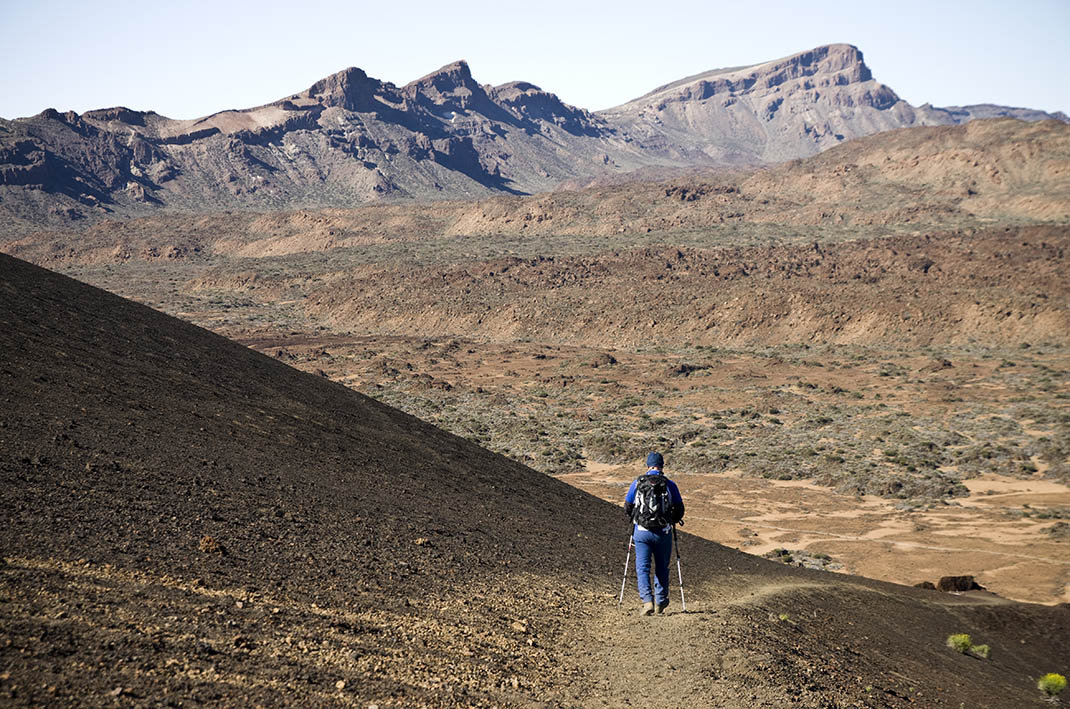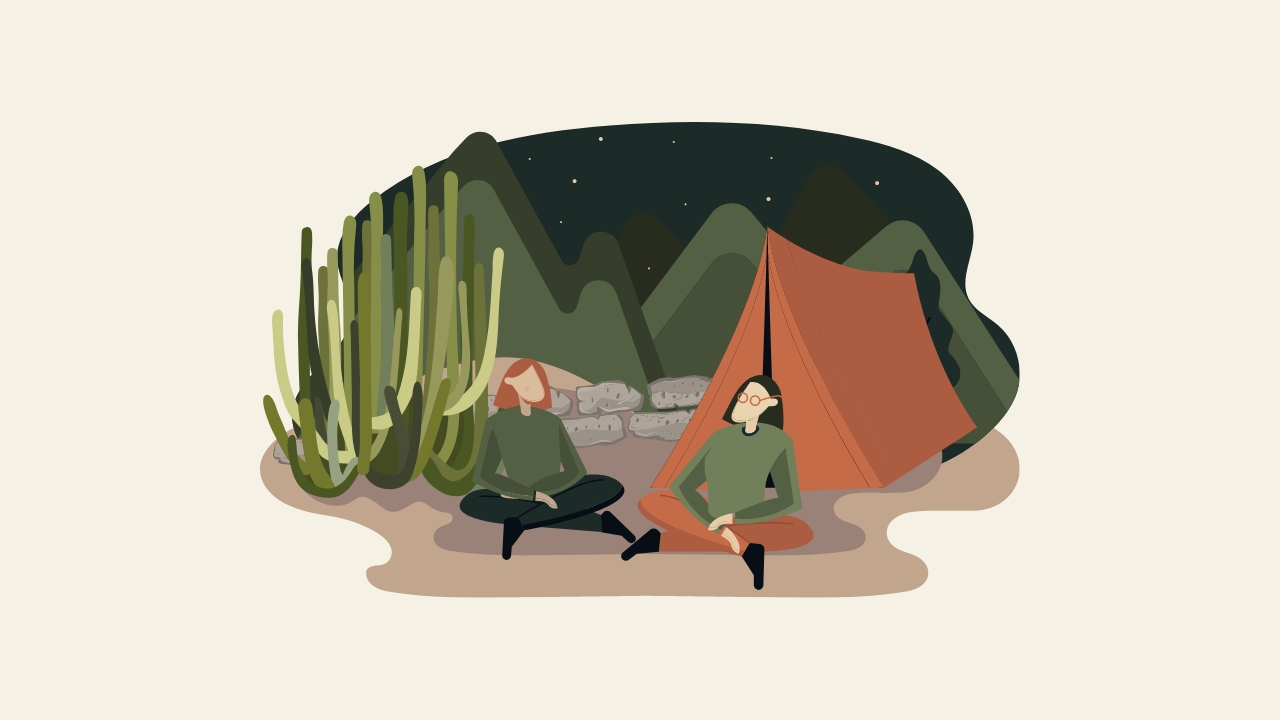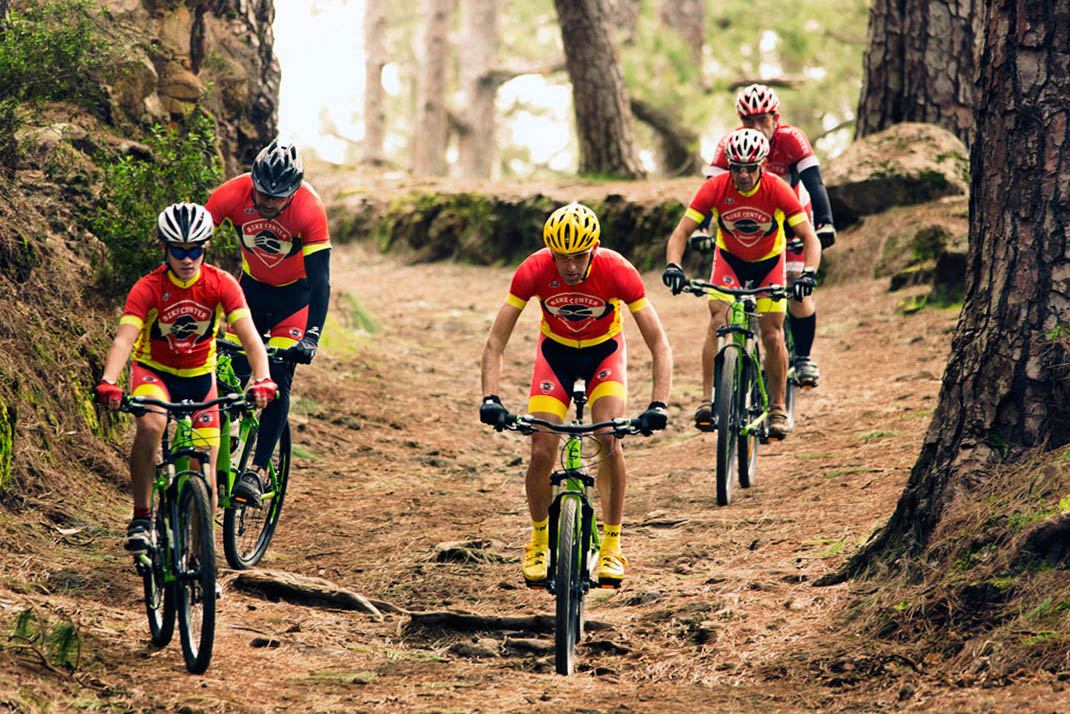Information and good practice in nature
Bivouacking in Tenerife
Do you like to sleep under the stars without any kind of tent?

Then you are in luck.
If you apply for the permit (https://www.reservasparquesnacionales.es/real/parquesnac/usu/html/listado-actividades-oapn.aspx?ii=6ENG&cen=2), you can bivouac in the Teide National Park, always at altitudes of more than 2500 metres above sea level and in areas of moderate use.
Recommended areas for bivouacking in Teide National Park
Pico Viejo Bivouac Area
Located at an altitude of approximately 3050 metres with sheltered spots.
The area can be reached from the PNT 09 trail (Pico Viejo), which requires prior authorisation through the trail page – here.
Teide Bivouac Area
Located at more than 3500 metres above sea level with spots that are sheltered by a lava field.
The area can be reached from the PNT 07 trail (Montaña Blanca), which requires prior authorisation through the trail page – here.
Montaña Blanca Bivouac Area
This area is open, with a lava flow that offers some shelter on one side, and is located at an altitude of more than 2700 metres.
You can reach this area from the PNT 07 trail (Montaña Blanca), which requires prior authorisation through the trail page – here.
Montaña de Guajara Bivouac Area
In this area, located at an altitude of approximately 2700 metres, there are remains of an astronomical observation building that you should avoid as it is in danger of collapsing due to lack of maintenance. However, you will find several sheltered spots amongst the lava flows.
You can reach this area from the PNT 15 trail (Altos de Guajara).
Bivouac regulations on the island of Tenerife
Remember that if you wish to bivouac you need to request prior authorisation from the Park Administration (
If you bivouac without the corresponding permit or without complying with the conditions specified in the permit, you will be committing an offence punishable by a fine of 150 – 600 euros.
Rules for bivouackers
In accordance with the Teide National Park Management and Use Plan (PRUG), approved by Decree 153/2002 of October 24, this reservation is subject to the following conditions. Failure to comply may constitute a punishable offense under current environmental legislation:
- The validity of the reservation is limited to the designated bivouac area, date, and persons listed in the document, which must be presented along with a valid ID or passport upon request by National Park staff. Their instructions must be followed at all times. Failure to meet these requirements will result in the cancellation of the bivouac permit.
- Bivouacking is only permitted in authorized areas.
- The use of tents is strictly prohibited.
- The authorized bivouac hours are from 7:00 p.m. (or sunset) on the day of the permit until 8:00 a.m. (or sunrise) the following day.
- Fires may only be lit for cooking purposes using gas stoves, which must be placed on flat ground free of vegetation and surrounding objects.
- Littering and the disposal of any kind of liquids are not permitted.
- Special care must be taken with matches and cigarettes, which must be fully extinguished and disposed of in designated waste containers.
- It is prohibited to uproot, cut, or damage wild plants, as well as to kill, injure, or disturb wild animals, or to destroy, damage, or collect their nests, young, or eggs.
- The deterioration or collection of geological elements is strictly forbidden.
- Pets must always be kept on a leash and under the control of their owners.
Do you need urgent help?
Contact the emergency services.
Call 112








